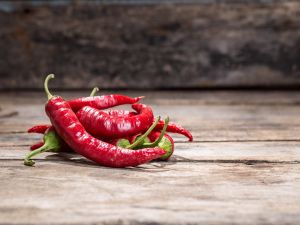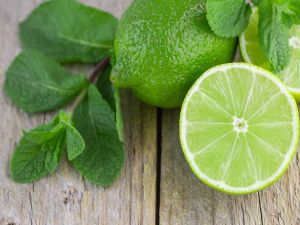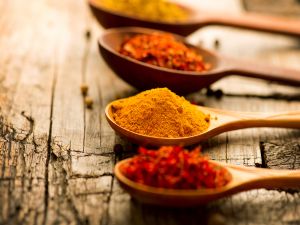Toggle search bar
Maldivian Shrimp Curry Soup
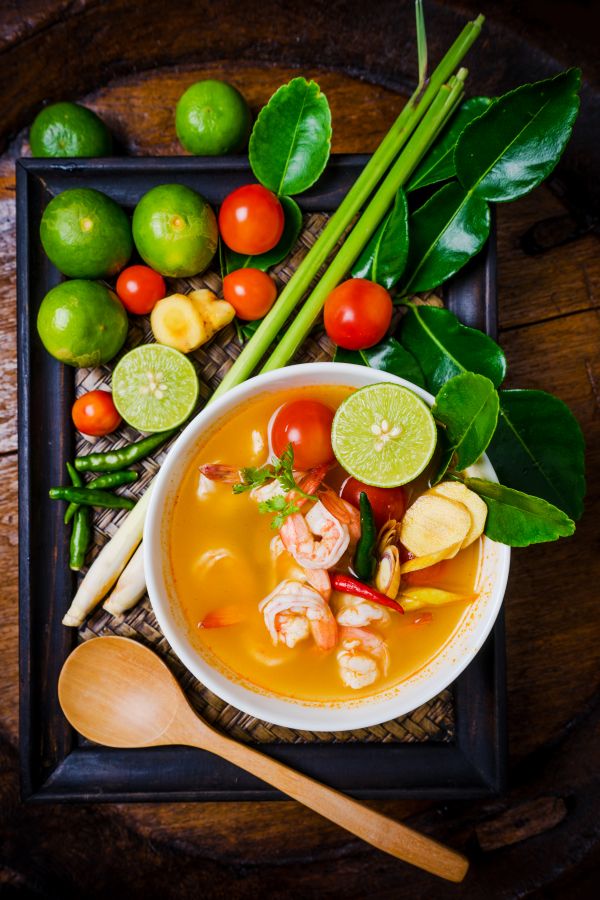
The Indian Ocean is the third largest in the world, containing over 1400 islands, and is surrounded by Indonesia, Thailand, India, Sri Lanka, The Middle East and Eastern Africa. As such, it is home to a great influx and variety of cultural cuisine, but most have common themes in their delicious ingredients.
Foremost of course of those ingredients, is the abundance of the sea itself. The Indian Ocean is a rich, natural farm of sea life that all the cultures have relied upon for centuries. Next, the people had to rely on what they could grow on their soil, which can often be inhospitable to many traditional crops. Instead, they found that certain grain grasses (including millet and wheat) and legumes grew very well in the sandy ground, adding to their staple diet. With that in mind, let's dive in to our Maldivian Shrimp Curry Soup, a dish whose common feature is the incorporation of complex combinations of spices or herbs, usually including fresh or dried hot chilies. Traditionally, spices are used both whole and ground; cooked or raw; and they may be added at different times during the cooking process to produce different results. Curry powder, a commercially prepared mixture of spices, is largely a Western notion, dating to the 18th century. Such mixtures are commonly thought to have first been prepared by Indian merchants for sale to members of the British Colonial government and army returning to Britain. Dishes called "curry" may contain meat, poultry, fish, or shellfish, either alone or in combination with vegetables. Curries may be either "wet" or "dry". Wet curries contain significant amounts of sauce or gravy based on yogurt, cream, coconut milk, coconut cream, legume purée (dal), or stock. The main spices found in most curry powders are turmeric, coriander, and cumin; a wide range of additional spices may be included depending on the geographic region and the foods being included. For our purposes, you may use any commercially available curry powder from your local supermarket or Indian grocer or you can make your own if you like. Onward to cooking our fantastic Maldivian Shrimp Curry Soup: 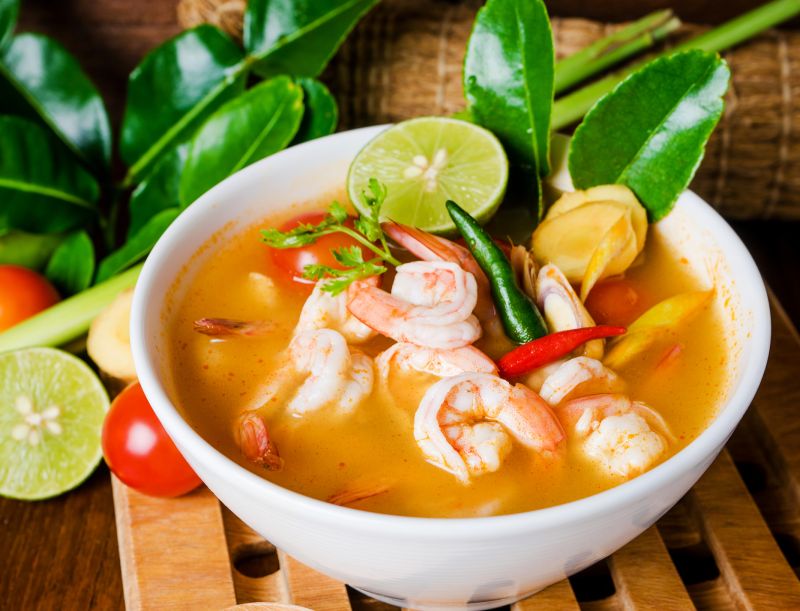
Maldivian Shrimp Curry Soup:
Ingredients: 1 1/2 pounds shrimp, shelled, deveined, tail-on 1 TBSP canola oil 3 TBSP frozen prepared lemongrass (available at Asian markets) 2 TBSP minced fresh ginger or minced fresh galangal 2 large cloves garlic, minced 2 to 3 tsp Thai red curry paste or Thai chilies cleaned and cut into rounds 6 cups water or low-sodium chicken broth 1 TBSP Asian fish sauce 1 TBSP low sodium soy sauce 4 Kaffir lime leaves + more for garnish (optional) 6 Shallots peeled 1 TBSP organic honey 1 can unsweetened light coconut milk 3 TBSP lime juice 1/2 cup loosely packed whole fresh cilantro leaves 6 scallions, greens only, sliced thin on an angle 1 lime, sliced thin for garnish 1 lemon, sliced thin for garnish Whole red and green chilies for garnish Fresh parsley for garnish
Preparation:
Estimated Nutrition Per Serving:
Calories: 360 Total Fat: 19g Saturated Fat: 9g Sodium: 790mg Protein: 5g Fiber: 1g |
